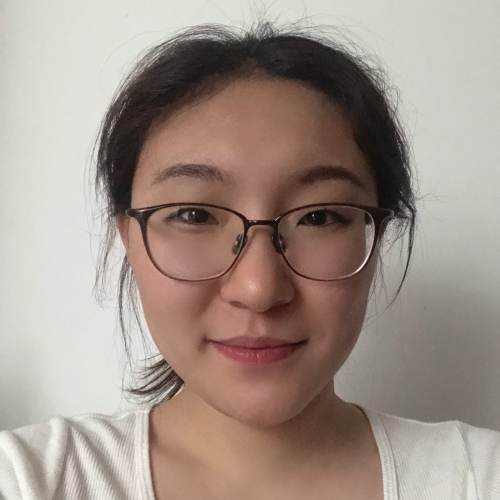
Namuhan
The University of Queensland
I completed my undergrad in Nanjing University in Biological Science and my thesis focused on the regulatory roles of miRNAs in prevention and protection of atherosclerosis. I completed my master’s degree last month in Molecular Biology in The University of Queensland and now I am a PhD candidate. Now I am doing a project in Bioinformatics on sex dimorphisms in cancers which mainly focuses on the differences between female and male group on multi-omics levels of types of cancers showing sex dimorphisms in incidence and mortality rate.
Can you give me a quick overview of the type of mathematics you are studying and its potential applications or outcomes
The type of mathematics I am studying is generalized linear regression model. My research mainly focused on how females and males respond or present differently on transcriptome, miRNA expression, and DNA methylation level in cancers that shows sex dimorphisms in incidence and mortality rate epidemiologically. Its potential outcomes will be the network set up to present how sex factor plays a role in the occurrence and development of cancer and its potential application will be finding out the novel target/targets for medical treatment for cancers that certain genes/pathways have benefited or protected one of the sexes from cancers compared to another sex.
How did you get into bioinformatics?
I learned about bioinformatics for the first time through a course on biostatistics when I was in undergrad, but I felt it was hard back then. I first got into bioinformatics when I was learning it in a masters course at UQ which was designed well. I learnt a lot, including how to use NCBI databases and Ensembl database, which made “learning bioinfo” not that hard. My supervisor Professor Jess Mar at UQ was the one who inspired me into this field when I was looking for a research project to do remotely. She was one of the lecturers of that course and helped me a lot in doing my project. It’s enjoyable to work with her and her team to make me more confident and determined to learn bioinformatics.
What advice would you give to your younger self or others wanting to studying the mathematical sciences?
The advice I wish I could have given to my younger self: It’s not that hard if you give it a try.
The advice I would give to others wanting to study mathematical sciences: Always be creative and work hard.
What was your motivation for attending AMSI BioInfoSummer?
I wanted to learn more about Bioinformatics beyond my previous course and my project. I heard about it from one of my co-workers. I would describe the conference as an opportunity to learn “outside world” and to know limitations of ourselves which motivates us to learn more and deeper.
You received an AMSI BioInfoSummer registration scholarship to attend AMSI BioInfoSummer. How important was this in terms of your ability to attend and fully participate in the sessions throughout the week?
I am very appreciative for this registration scholarship to support me to attend AMSI BioInfoSummer and all the sessions.
What was your main take away from AMSI BioInfoSummer?
I was very impressed by all the workshops. The conference covered a large amount of information and was newbie friendly, going step by step. The presentation given by Professor John Quackenbush on day 2 was related to my research and it provided me with many practical methods and ideas.
Where do you want the mathematical sciences to take you? Where do you see yourself in five or ten years’ time?
Mathematical sciences will help me solve biological problems with big load of original data and set up explanatory models to answer biological questions in a rational manner. I would see myself as a PhD student in Bioinformatics in next few years.
